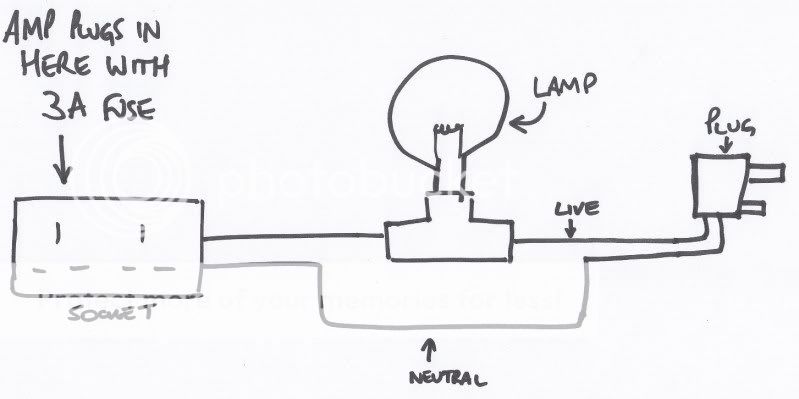A
Anonymous
Guest
stevieg330 said:Hi Andrew,
is the damage just in that area or has the whole wire got hot? Bit hard to tell from the photo.
Cheers
Steve
Looks like just in that area - no damage to the black wire it was nestling underneath, and the rest of the red wire and the other three secondary wires look to be all okay (well, I can't see any heat damage or melting on the sheathing!).
Cut the wire where it was burned out and trimmed it back and it looks okay - it's a single strand of copper wire (for some reason I was expecting it to be multiple strand....)
Will try to *** out later to pick up some more 3A fuses and some solder (have run out) and then dig out the soldering iron tonight if I get the time. Let's get this baby back up and working! 🙂


